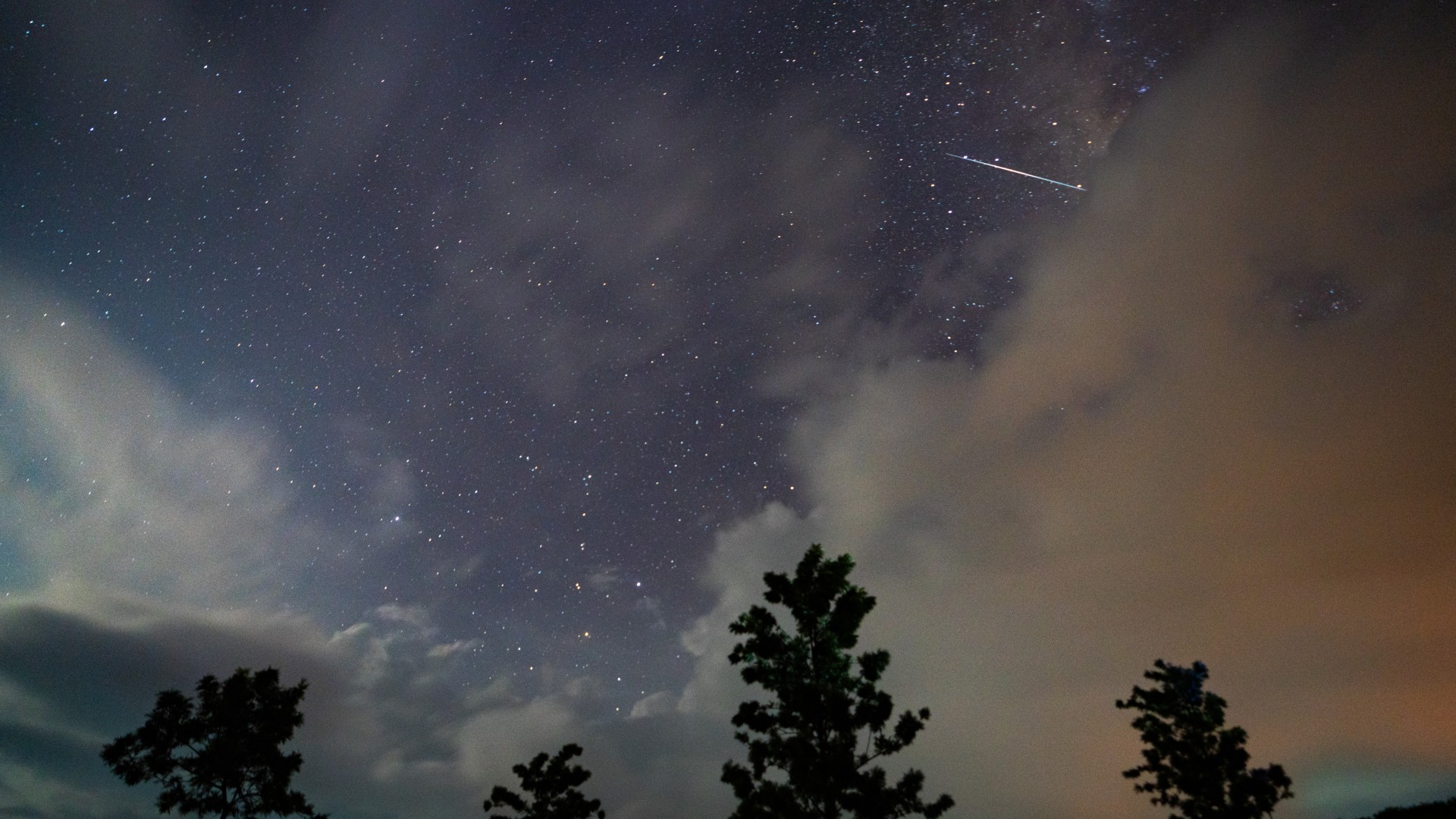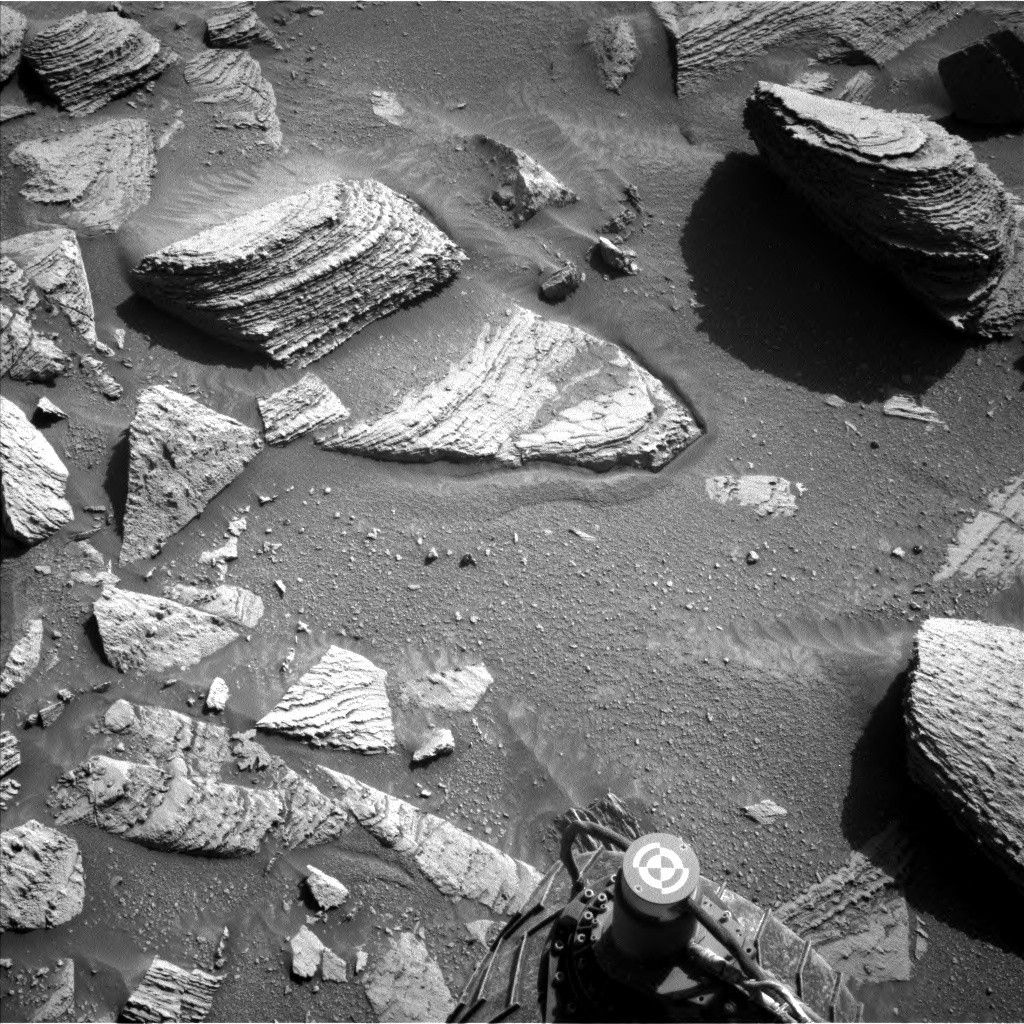Among the top 10 meteor showers appearing annually, one of the best will be reaching its peak on Tuesday morning (May 6). The Eta Aquarid shower ranks among the top four in terms of overall activity. Because the meteors appear to emanate from a spot on the sky (called the “radiant”) in the Water Jar of the Aquarius constellation — hence the name “Aquarids” — their visibility favors prospective skywatchers south of the equator. Indeed, for those living in the Southern Hemisphere (Santiago, Johannesburg Melbourne, Auckland), the Eta Aquarid radiant…
Read MoreDay: May 1, 2025
May’s Night Sky Notes: How Do We Find Exoplanets?
4 min read May’s Night Sky Notes: How Do We Find Exoplanets? Astronomers have been trying to discover evidence that worlds exist around stars other than our Sun since the 19th century. By the mid-1990s, technology finally caught up with the desire for discovery and led to the first discovery of a planet orbiting another sun-like star, Pegasi 51b. Why did it take so long to discover these distant worlds, and what techniques do astronomers use to find them? The Transit Method A planet passing in front of its parent star…
Read MoreSols 4525-4526: The Day After Groundhog Day (Between Ghost Mountain and Texoli, Headed South)
Curiosity Navigation Curiosity Home Mission Overview Where is Curiosity? Mission Updates Science Overview Instruments Highlights Exploration Goals News and Features Multimedia Curiosity Raw Images Images Videos Audio Mosaics More Resources Mars Missions Mars Sample Return Mars Perseverance Rover Mars Curiosity Rover MAVEN Mars Reconnaissance Orbiter Mars Odyssey More Mars Missions Mars Home 3 min read Sols 4525-4526: The Day After Groundhog Day (Between Ghost Mountain and Texoli, Headed South) NASA’s Mars rover Curiosity acquired this image showing ChemCam/Mastcam targets “Breeze Hill” and “Laguna Mountain,” together with a rover wheel planted…
Read More

